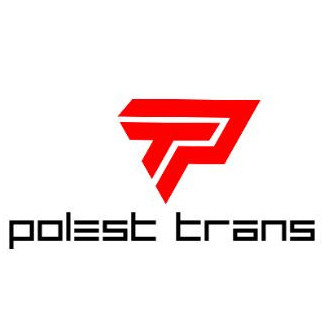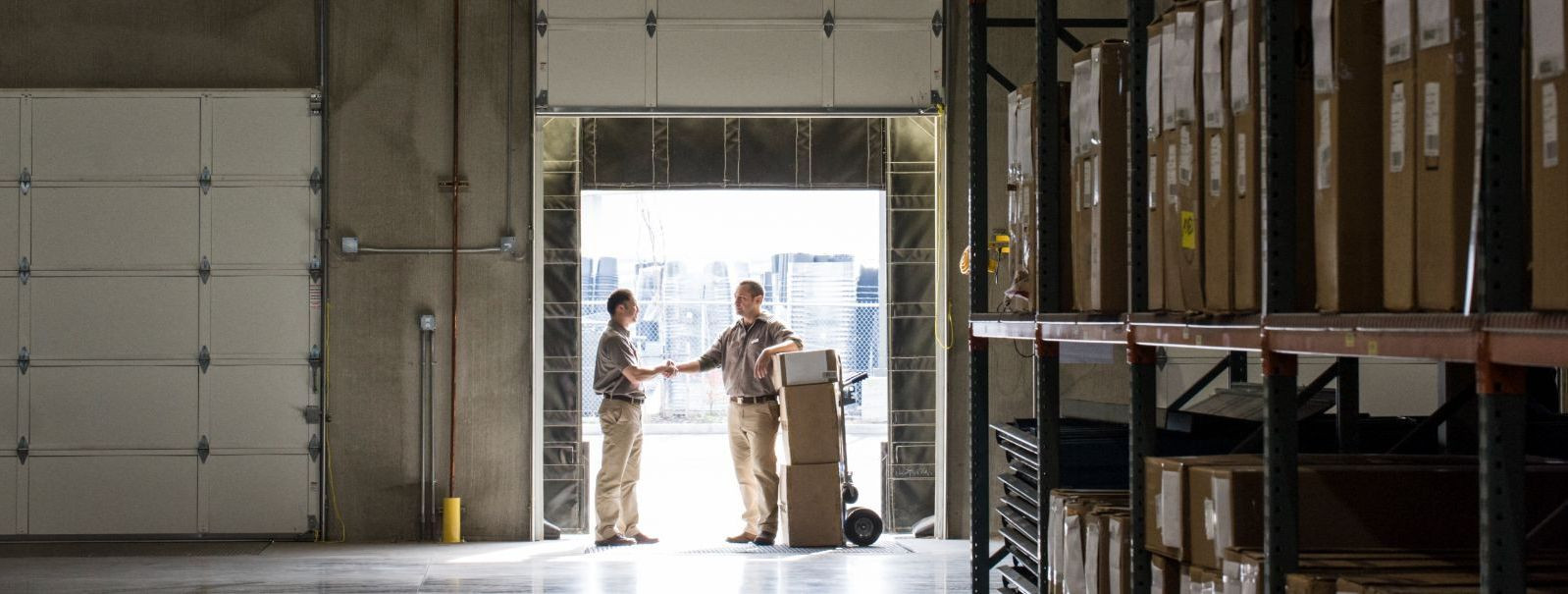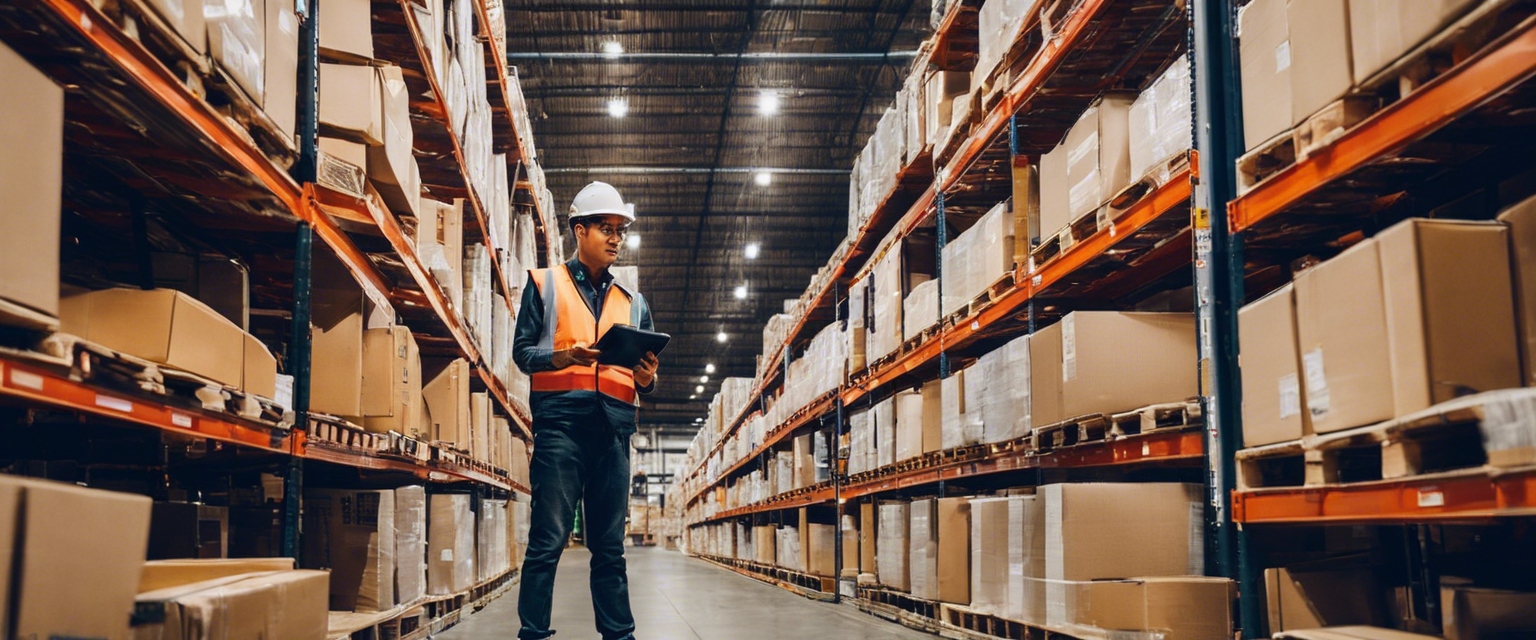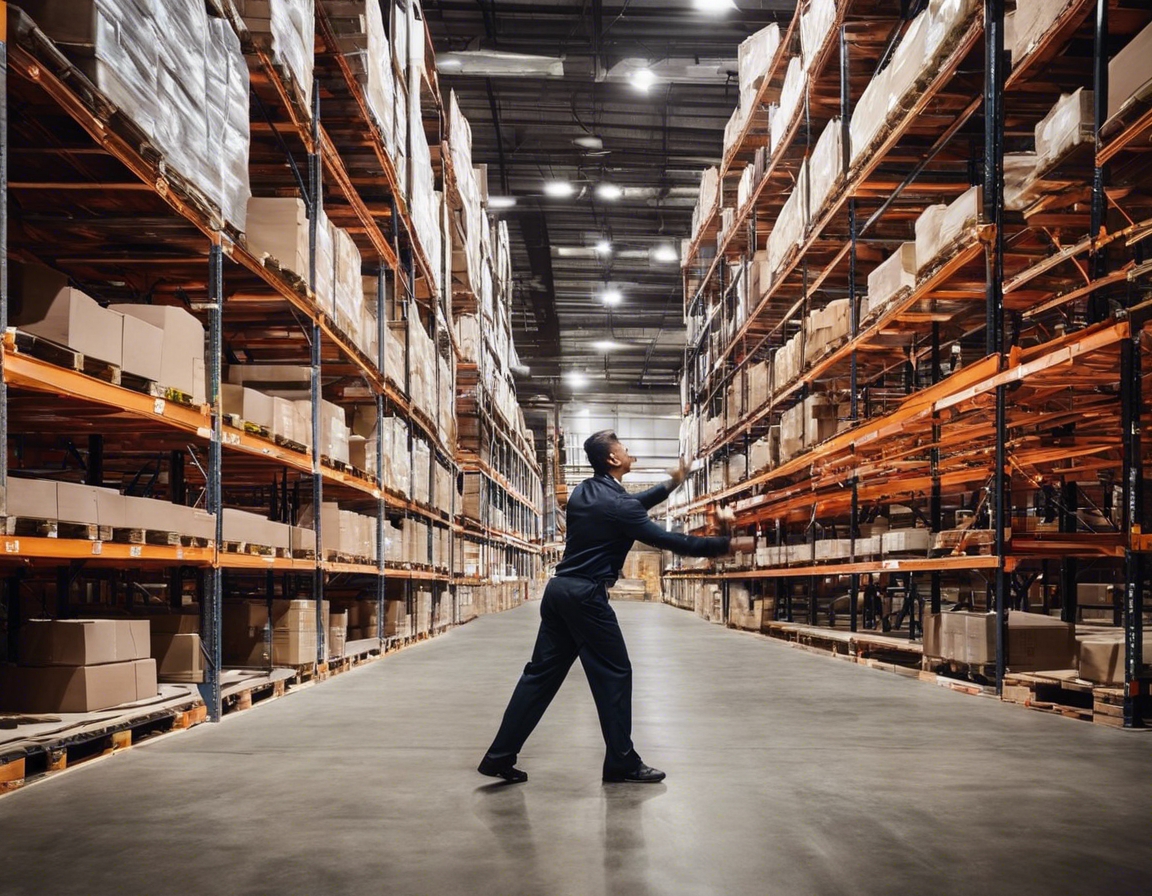The future of freight: trends in transportation
The freight and transportation industry is on the cusp of a transformation, driven by a host of emerging trends and technological innovations. As we look to the future, it's clear that the way goods are moved around the globe is set to evolve dramatically. This post explores the key trends that are shaping the future of freight and how businesses can prepare for these changes.
Technological Advancements
The advent of autonomous vehicles is poised to revolutionize the transportation sector. Self-driving trucks offer the potential for increased safety, efficiency, and cost savings, as they can operate around the clock without the need for rest. Companies are already investing in this technology, with pilot programs underway in various parts of the world.
As the world shifts towards cleaner energy sources, electric trucks are gaining traction. These vehicles promise to reduce emissions and lower fuel costs, making them an attractive option for businesses looking to minimize their environmental impact while also saving on operational expenses.
Drones are set to transform last-mile delivery, offering a fast and efficient way to deliver small packages. This technology could be particularly beneficial for e-commerce platforms that require quick turnaround times for customer orders.
Blockchain technology offers a secure and transparent way to track shipments and transactions throughout the supply chain. By providing a tamper-proof ledger, blockchain can help reduce fraud, improve compliance, and streamline operations.
Environmental Sustainability
With environmental concerns at the forefront, the industry is exploring alternative fuels such as biodiesel, natural gas, and hydrogen to power freight vehicles. These fuels can significantly reduce greenhouse gas emissions and reliance on fossil fuels.
Warehouses are becoming more sustainable through the use of solar panels, energy-efficient lighting, and smart systems that optimize energy consumption. These initiatives not only benefit the environment but also lead to cost savings over time.
Businesses are increasingly focused on measuring and reducing their carbon footprint. Advanced tools and software are being developed to accurately track emissions throughout the logistics process, enabling companies to make more informed decisions about their environmental impact.
Supply Chain Optimization
Data analytics is playing a crucial role in optimizing supply chains. By analyzing vast amounts of data, businesses can identify patterns, predict demand, and make strategic decisions to improve efficiency and reduce costs.
The IoT is connecting various components of the supply chain, from vehicles to warehouses, providing real-time data that can be used to monitor performance, anticipate maintenance needs, and prevent disruptions.
Just-in-time logistics strategies are being refined to reduce inventory levels and minimize waste. By synchronizing supply with demand, companies can reduce storage costs and ensure that products are delivered fresh and on time.
Customer-Centric Models
Customers now expect to be able to track their shipments in real-time. Freight companies are investing in technologies that provide up-to-the-minute information on the location and status of goods in transit.
The one-size-fits-all approach to logistics is being replaced by personalized solutions that cater to the specific needs of individual businesses. This trend is particularly important for small to medium-sized businesses that require flexibility and tailored services.
As competition in the logistics sector intensifies, companies are focusing on customer service as a key differentiator. This includes everything from user-friendly online platforms to dedicated support teams that can address issues quickly and effectively.
Global Trade Dynamics
Changes in global trade policies can have a significant impact on transportation and logistics. Companies must stay informed and agile to navigate these shifts and capitalize on new opportunities.
Emerging markets are playing an increasingly important role in global trade. As these economies grow, they present new challenges and opportunities for freight companies looking to expand their reach.
As trade flows evolve, so too do the major trade lanes. Companies must adapt their strategies to reflect these changes, ensuring that they can deliver goods efficiently to where the demand is greatest.






Kommentaarid (0)